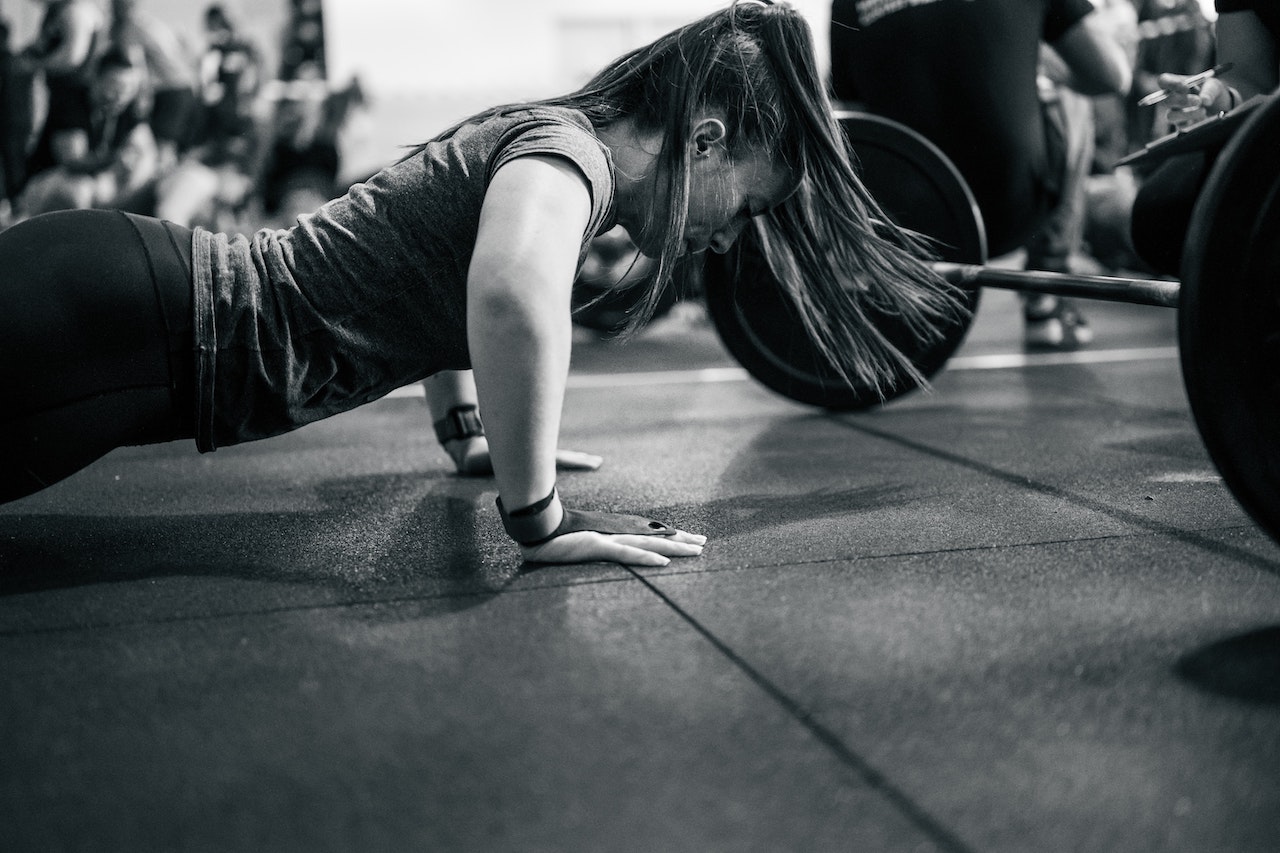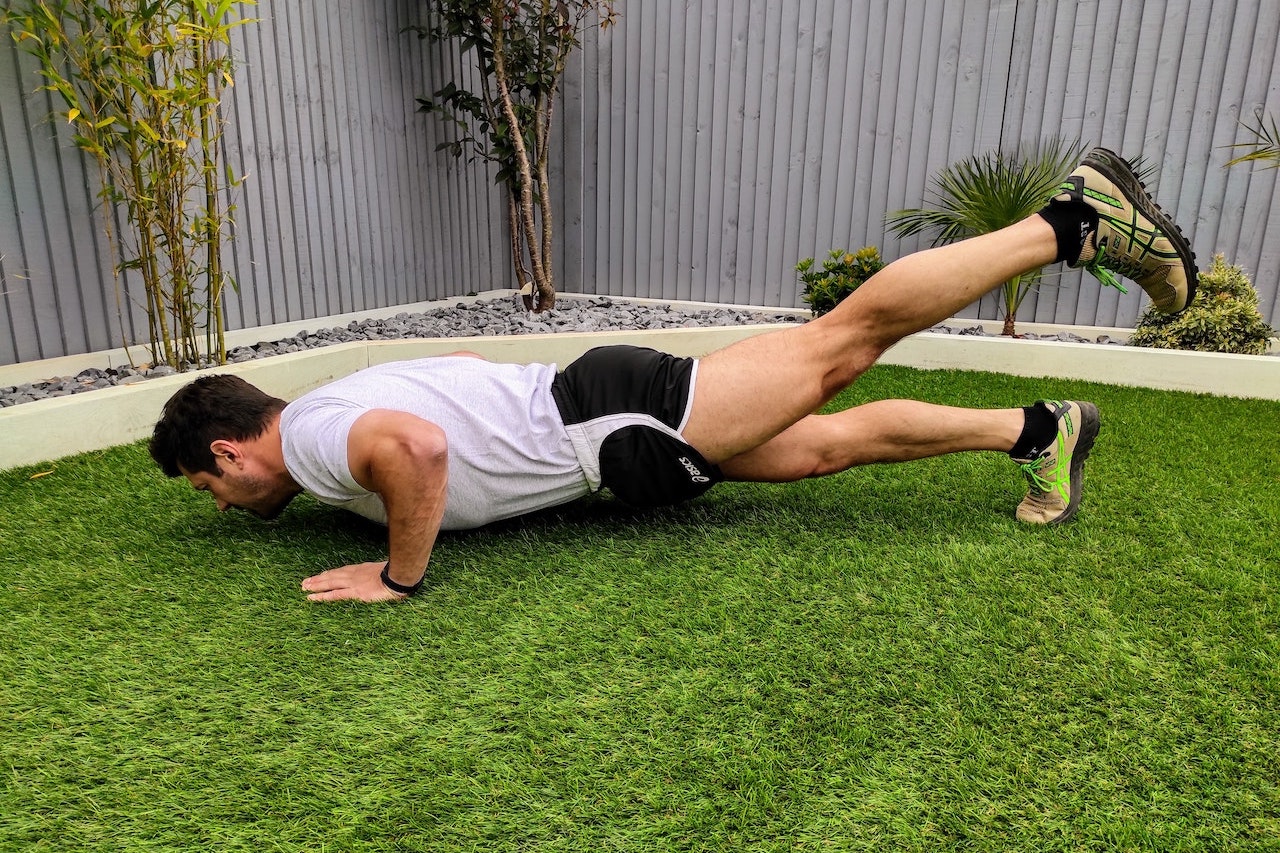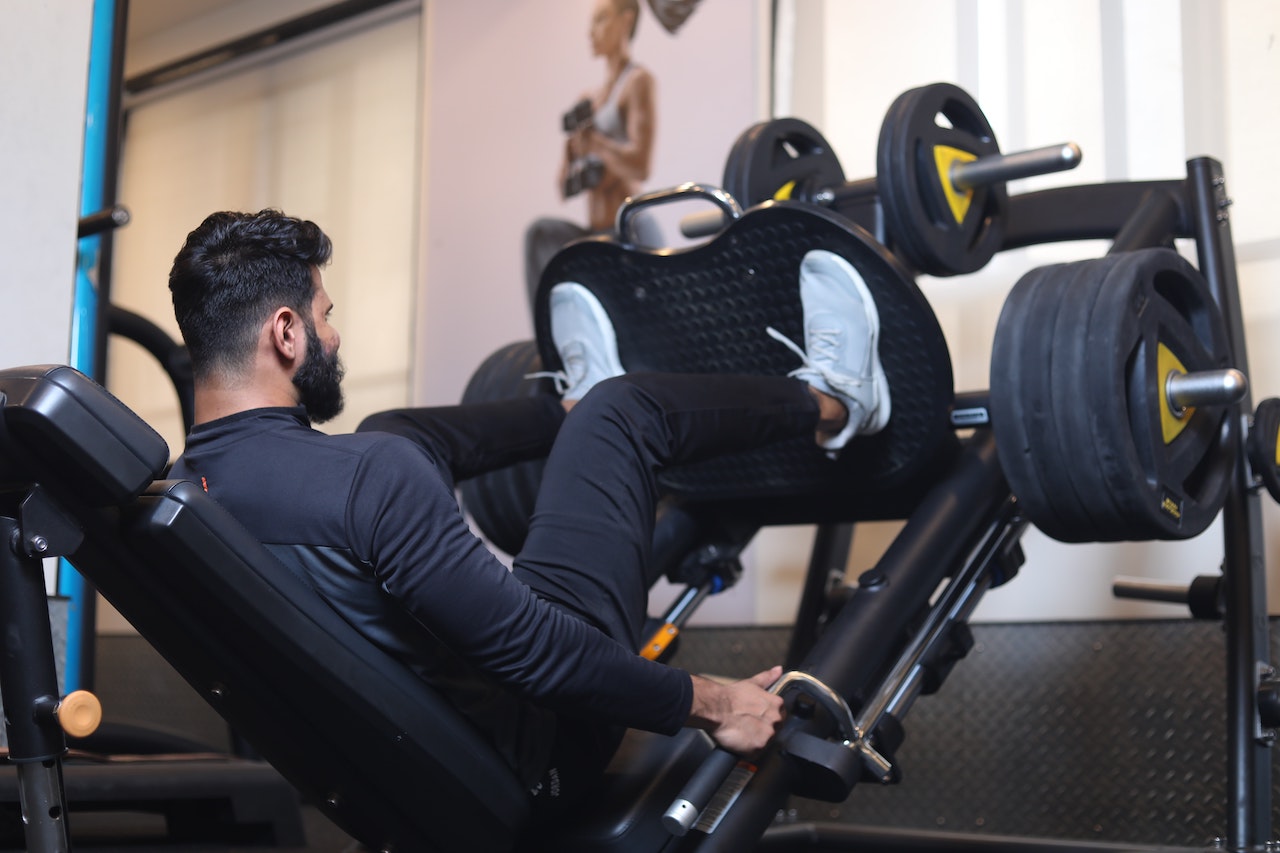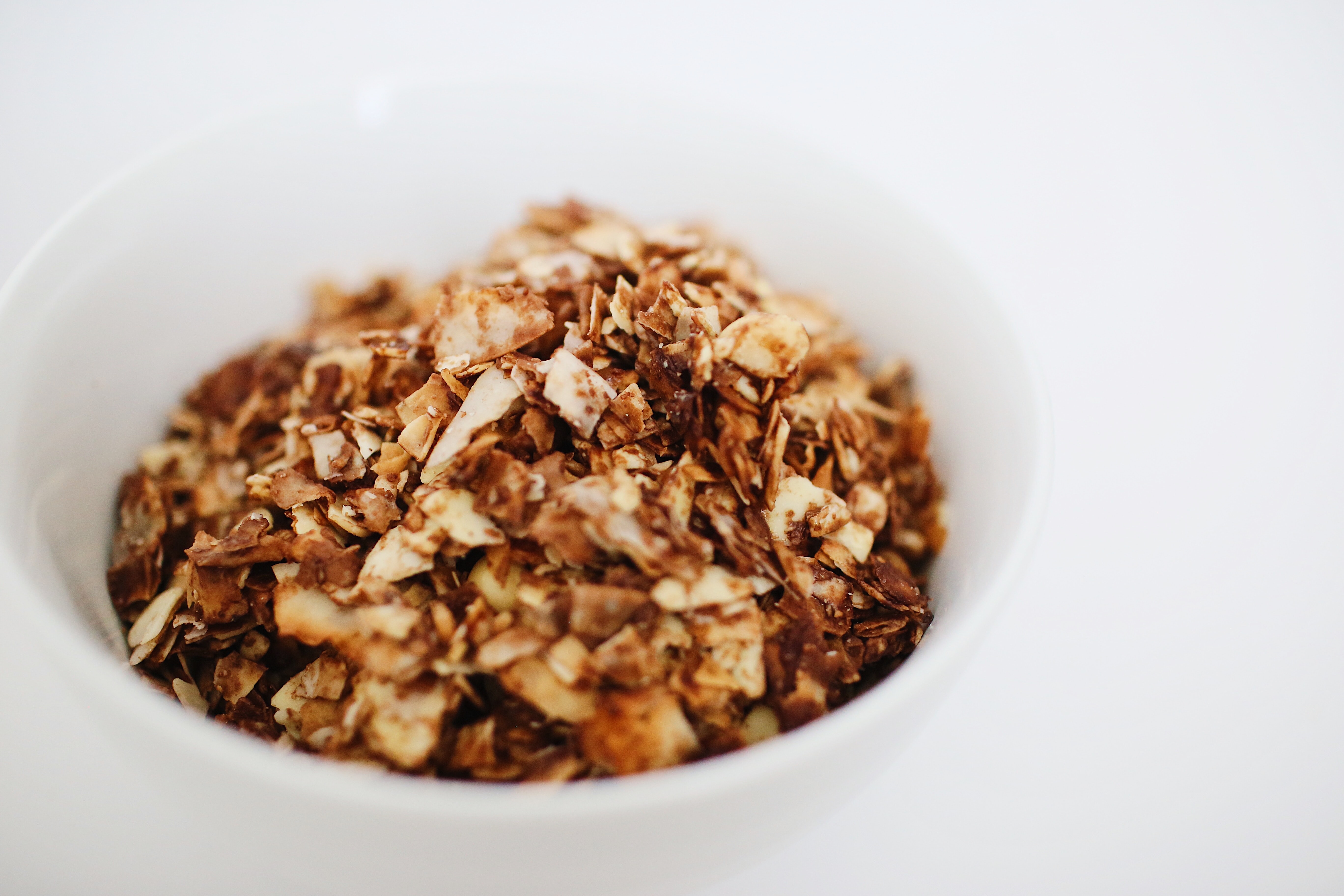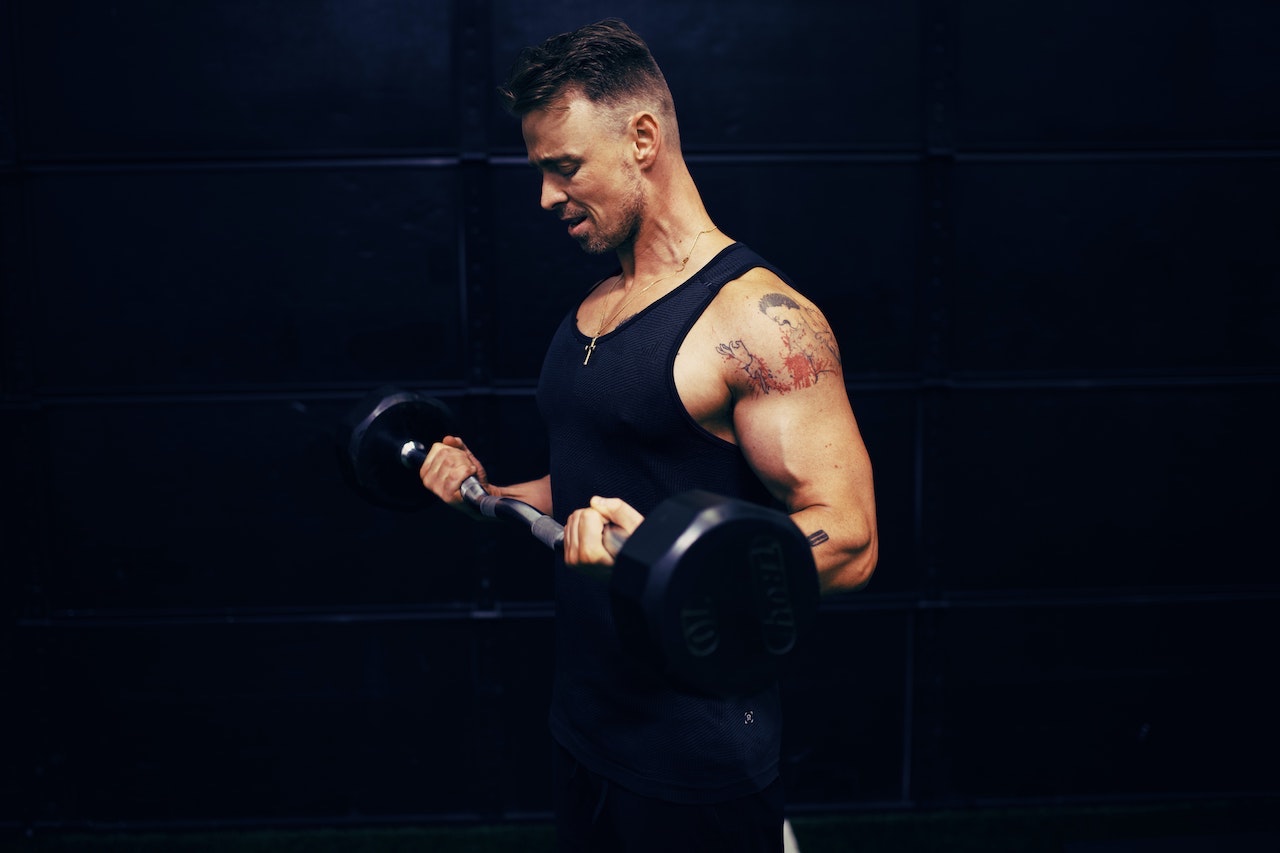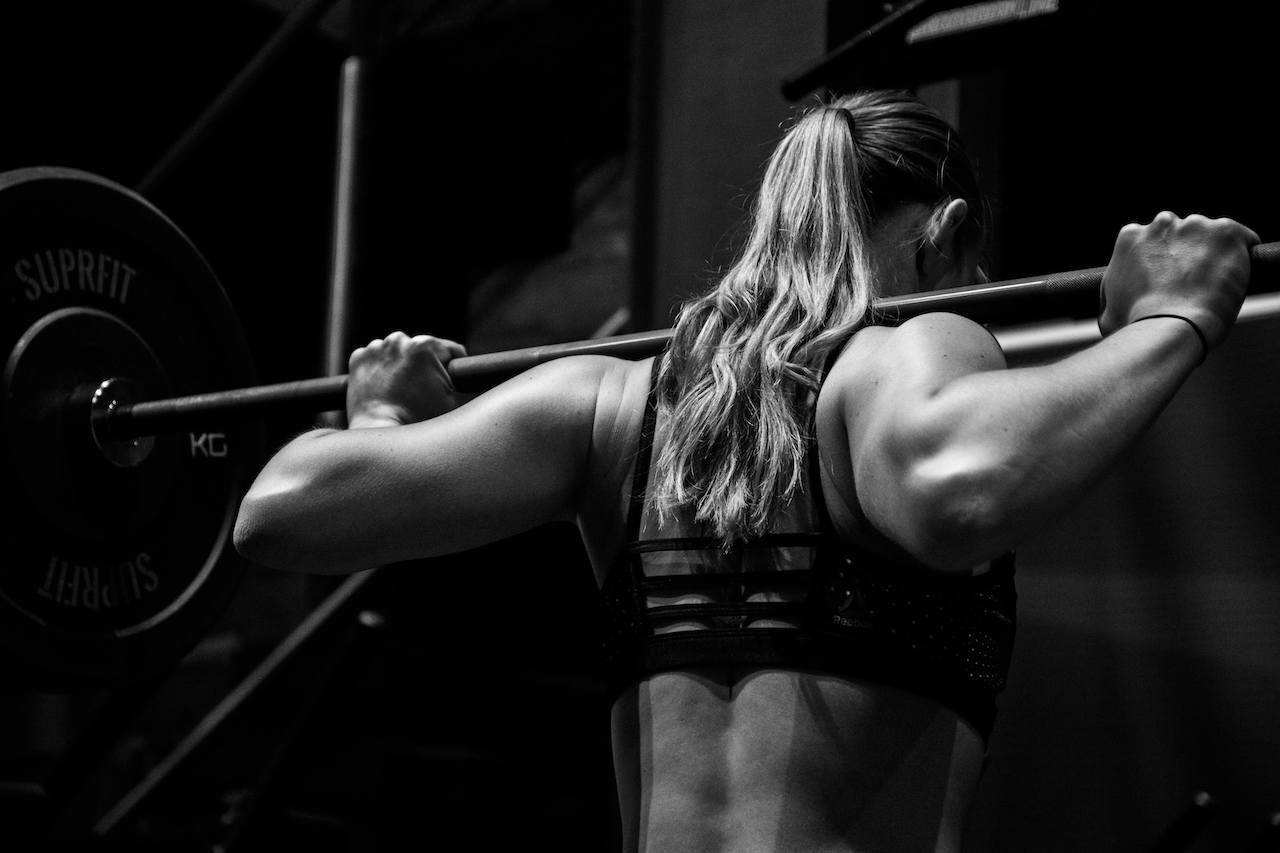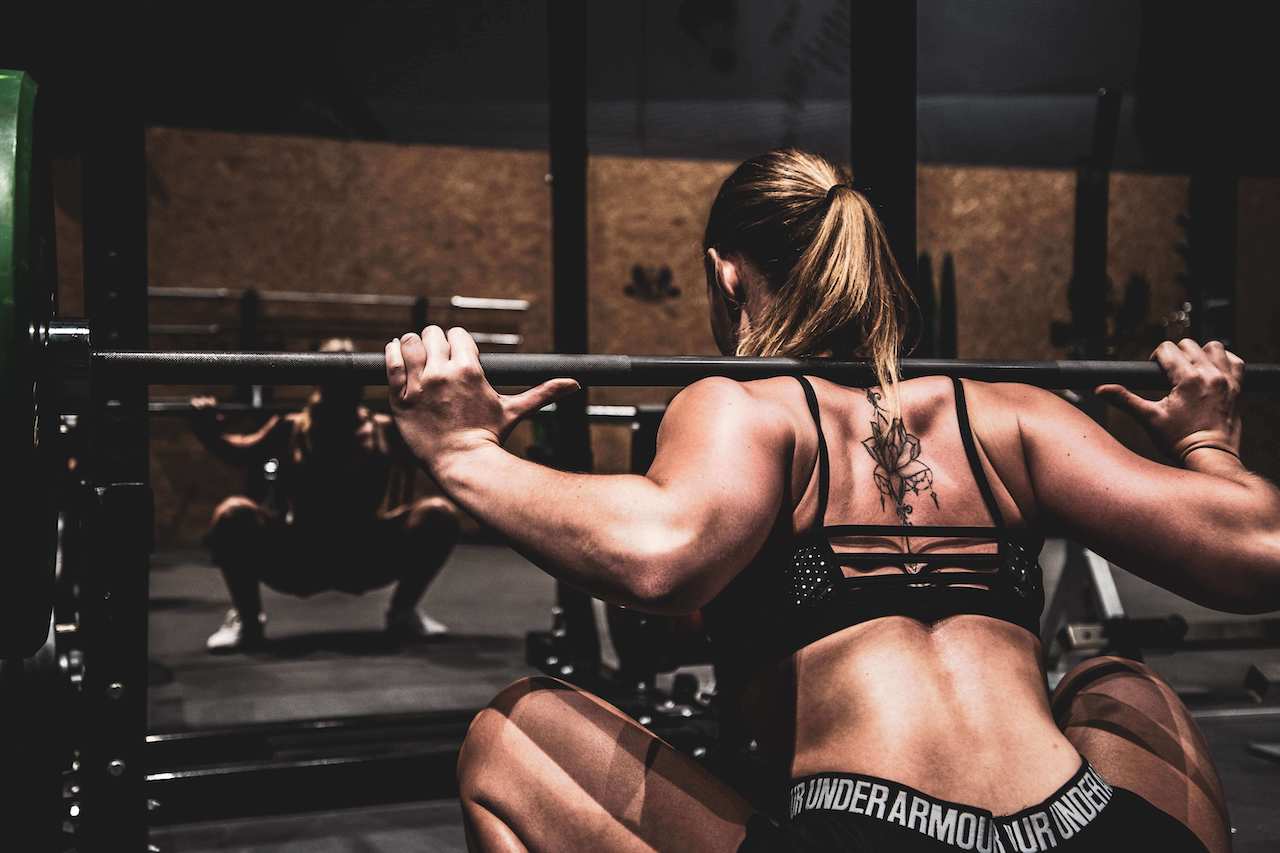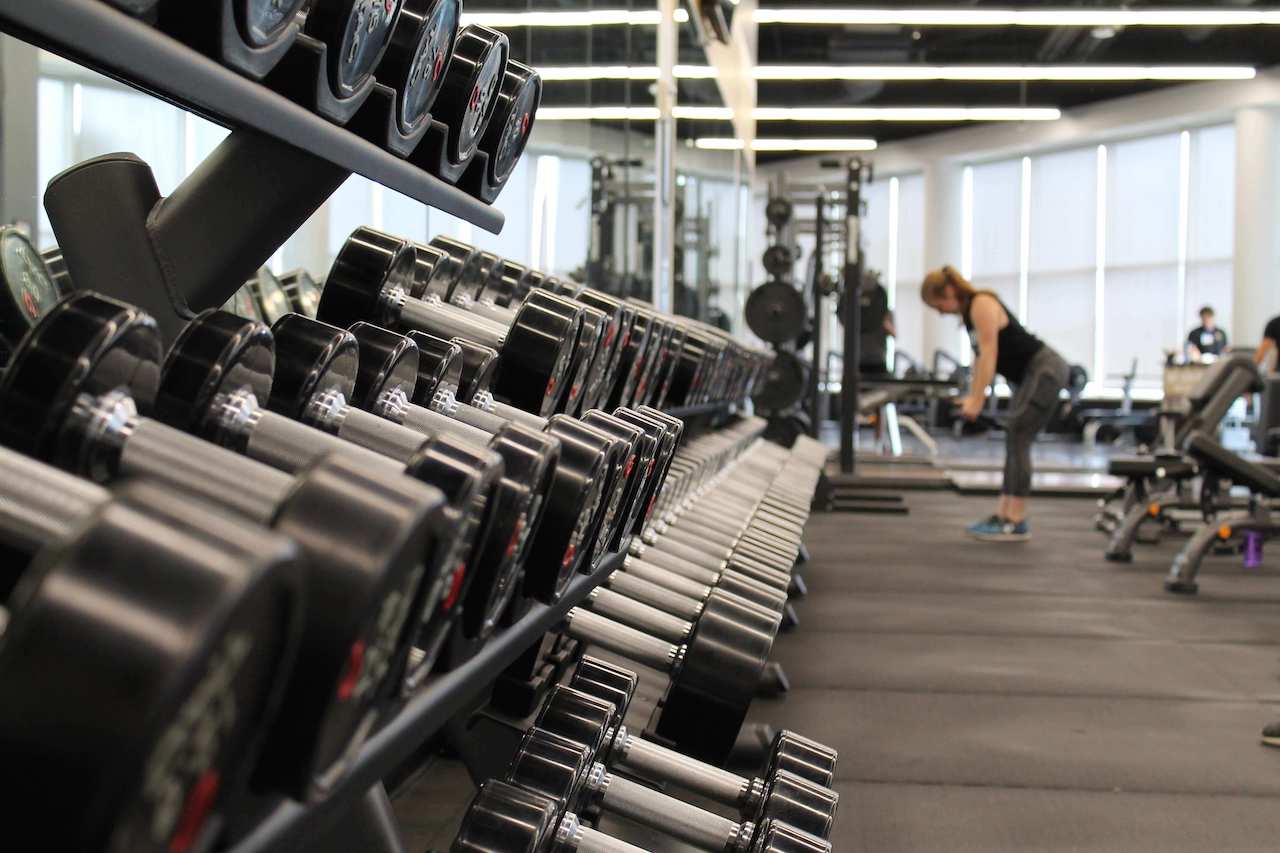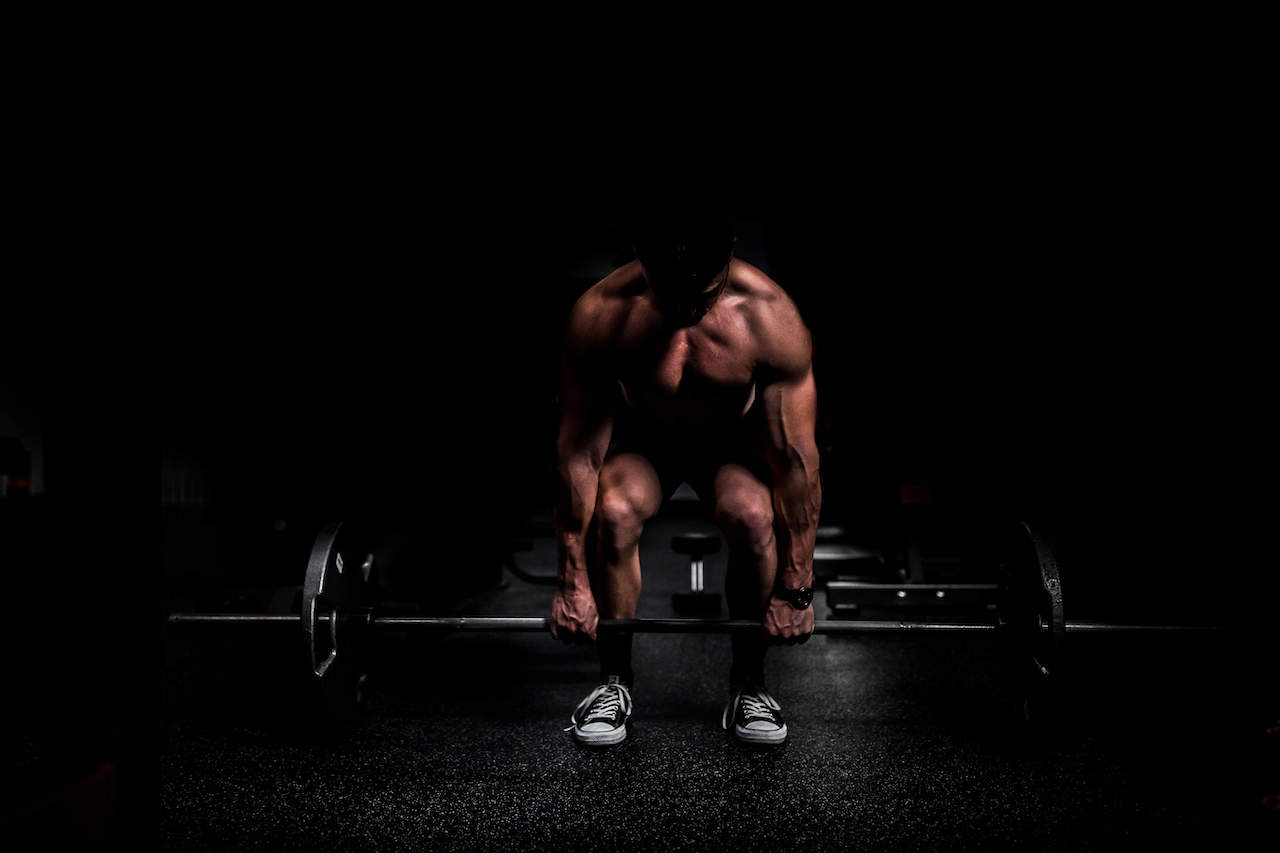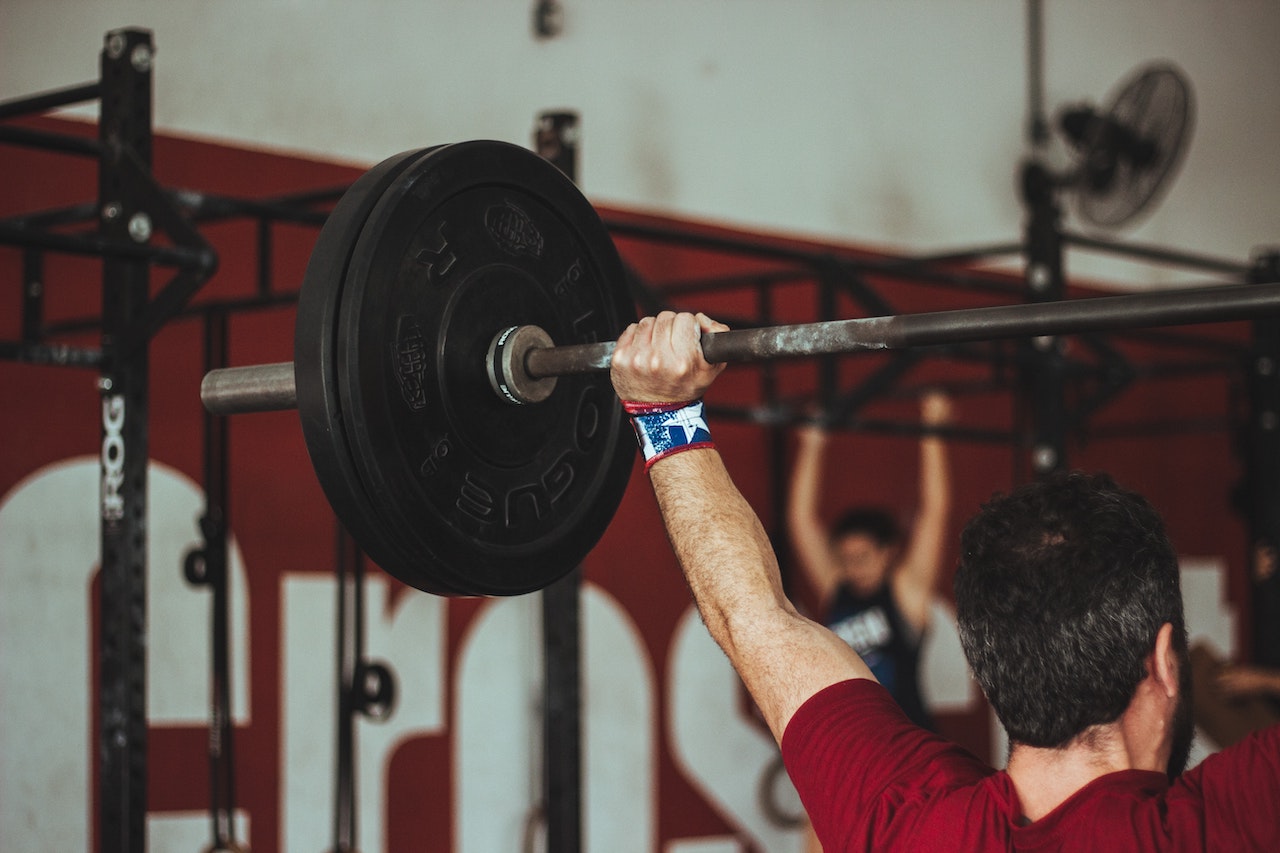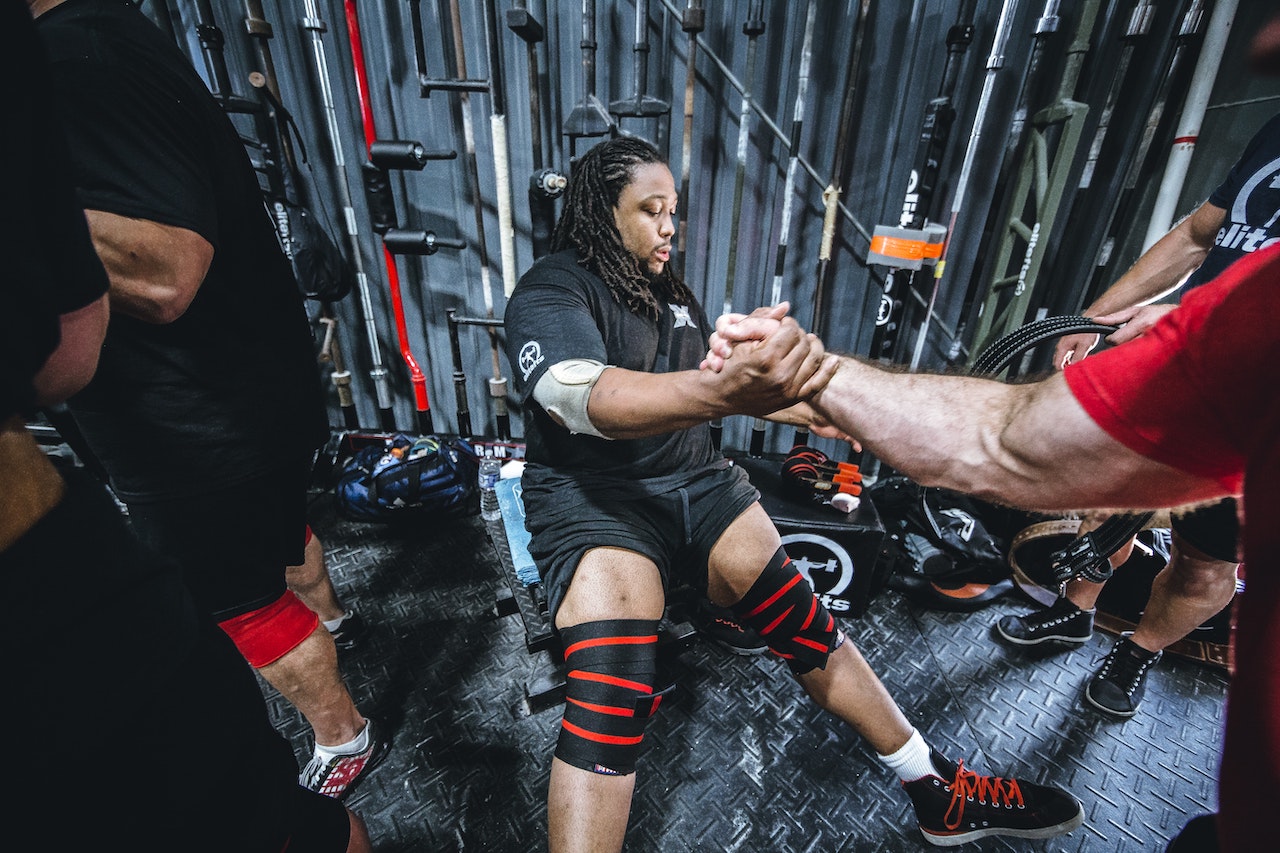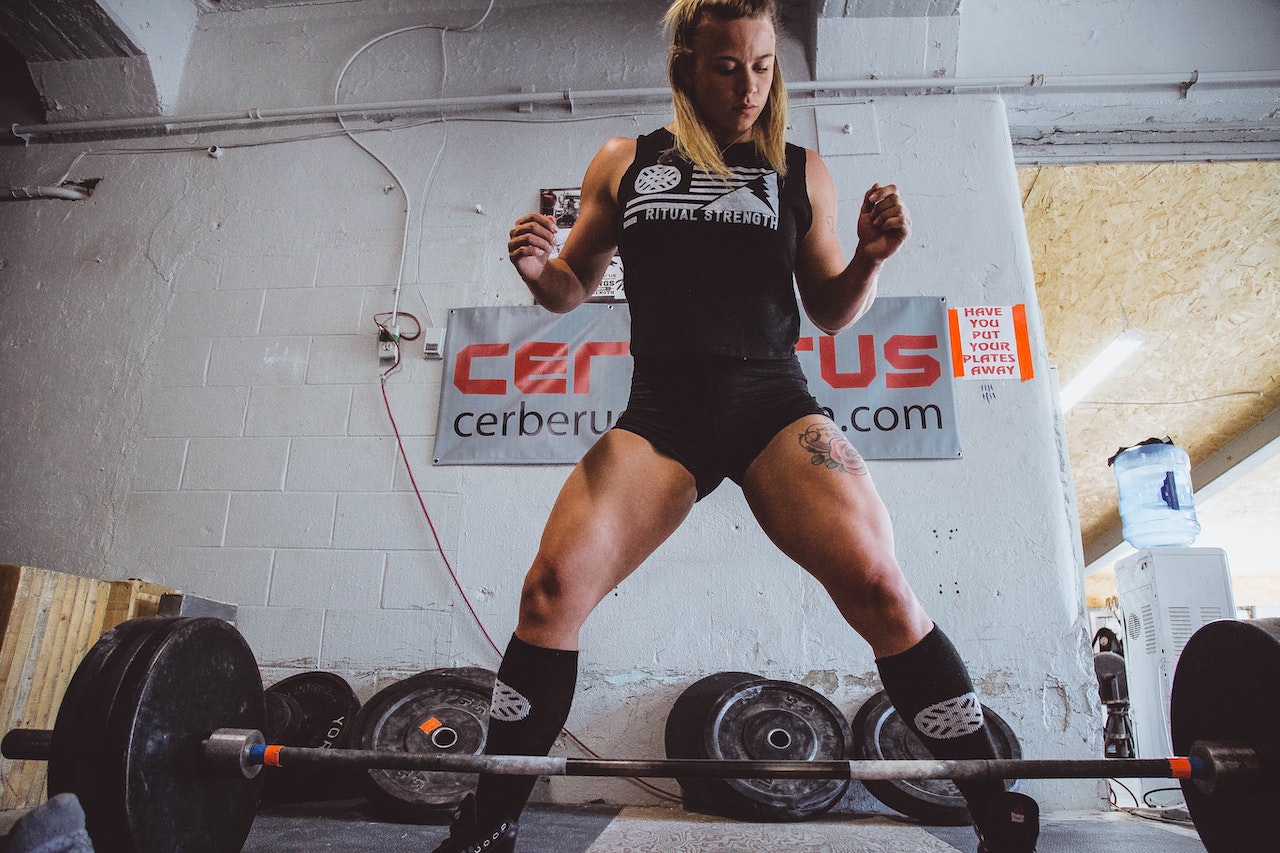the hard pull and the squat are both ace movements in training, and there must be many people who will put both movements on the same day, feeling that this is the only way to arrange them so that they can be trained at least twice in a week. However, this is not a good arrangement, as you must know.
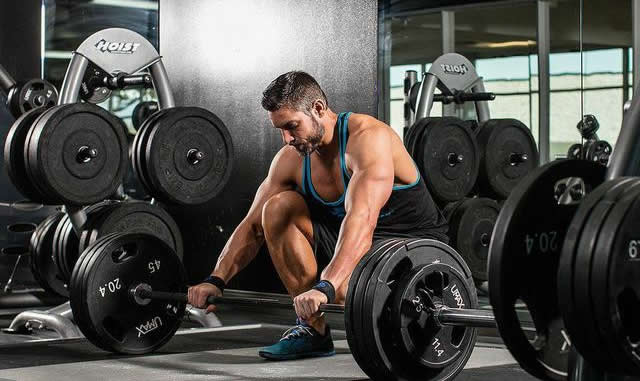
Well, today the fitness-loving wraith will introduce you to a new hard pulling technique - the squat distance hard pull. It combines the best elements of traditional and sumo wrestling without sticking points, which is different from the other two types of hard pulling in that it brings an even amount of tension.
This type of hard pull has incredible transitions - from deep squats to hard pulls and back again. Every time you're practicing this movement, you're also doing another one.
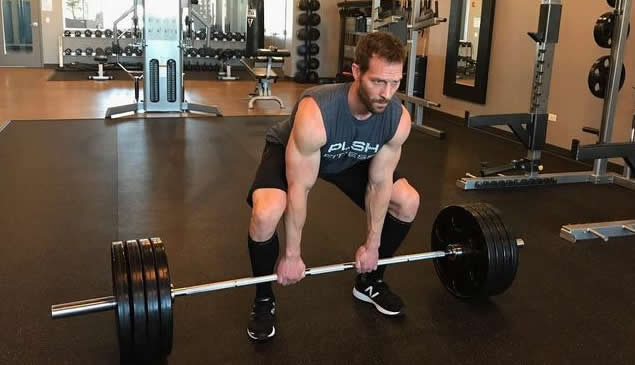
the deep squat is therapeutic in that it optimises the movement while also helping to eliminate dysfunction. It is applicable to everyone. Trainers who have mastered this method choose it as their main hard pulling movement.
Most trainers do sumo and traditional hard pulls. That's because they don't know about the squat distance hard pull. What if you could combine the two into one? The squat distance hard pull allows you to draw on the most powerful, safe and effective biomechanics to complete the movement, and that means less injury and greater progress.
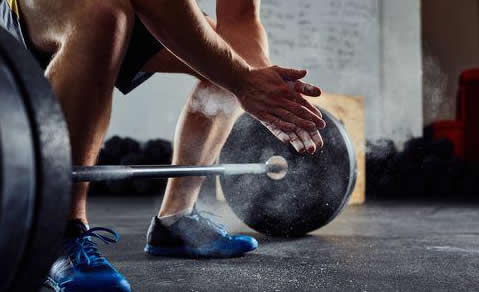
how do i do the squat distance hard pull?
When it comes to the correct way to do a squat distance hard pull, you should feel very simple and natural when it comes to posture and technique. In fact if you were to pick up a very heavy kettlebell, stone or any heavy object from the floor you would use the same technique.
1. Foot position
the position of the feet is the basis of the deep squat. Unlike the hard pull in sumo where the feet tend to rotate outwards more than 45 degrees, the squat distance hard pull requires you to keep your feet facing relatively forward. This position produces the greatest increase in strength. Then bring your knees outwards to transfer maximum foot and ankle torque to the floor, ultimately maximising power generation. Activation starts at the feet, so the stronger the nerve signals from the feet and ankles, the greater the activation of the muscles, not only in the legs but throughout the body.
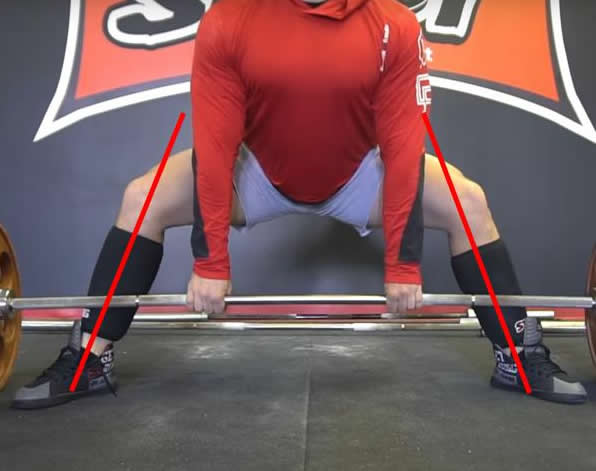
2. Spacing of the feet
use a standing distance between a normal squat (approximately shoulder width apart) and 20% wider than a normal squat. This means a distance of 60-90 cm between the feet when measured from the outside of the feet. This standing distance will provide maximum thrust from the legs while eliminating hip irritation due to too wide a standing distance.
3. Hand placement
similar to the hard pull in sumo, the hands should be positioned between the legs to create the sensation of sitting across the barbell, feeling as if the barbell is located between the feet and legs, rather than in front of them. Keeping this in mind, the grip distance is approximately 30-60 cm. The key is to ensure that the arms can be placed between the legs.
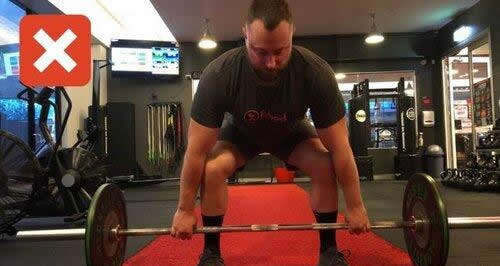
for those who choose a slightly narrower stance, part of the hand may be on the smooth part of the inside of the grain of the barbell. This is not a problem as long as the grip is strong enough.
Don't be surprised if it feels as if you have a slight bend in your elbow when you are doing this movement. It's actually more of an illusion as the closer the two hands are held the more it gives the impression that you are pulling with your arms. The key is to keep your arms as straight as possible without engaging your biceps. Think of your arms as hooks and let the hips and legs do all the work.
Position your hips, torso and knees
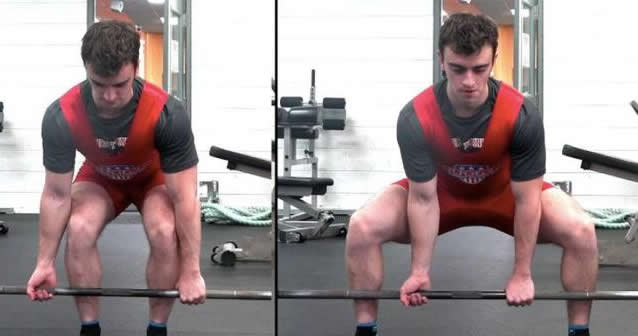
in this movement, your lower body movement is almost identical to a low bar squat. Bring your knees outward and push your hips back as far as possible while keeping your chest up and your spine natural, not overly counter-arching, while keeping your head in a neutral position.
The torso will be bent to approximately 45 degrees, which will maximise the ability to do hip hinges at the lowest point of the movement, while also minimising stress on the spine. This ideal position cannot be replicated in sumo or traditional hard pulling for reasons based on a simple biomechanical analysis of the function of the hip joint.
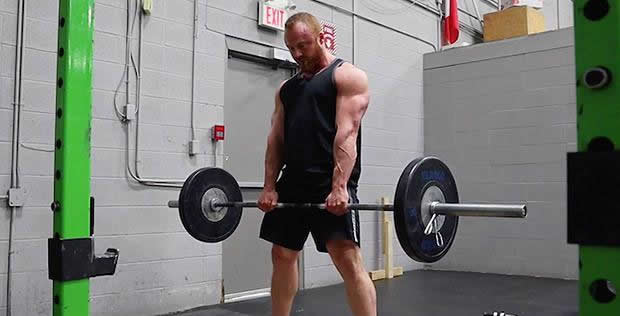
the further back the hips are at the start of the pull, the more you can rely on a strong hip extension mechanism to do so. However, this usually requires a more prone trunk position compared to a traditional hard pull, which unfortunately also places greater shear stress on the spine.
4. Pulling
after sufficient warm up, hold the spine firmly in position by squeezing your latissimus dorsi. Many people have difficulty tightening their latissimus dorsi. You may feel awkward if you pull your shoulder blades down or backwards as you complete the movement, usually because the body is not yet used to the hard pulling mechanism.
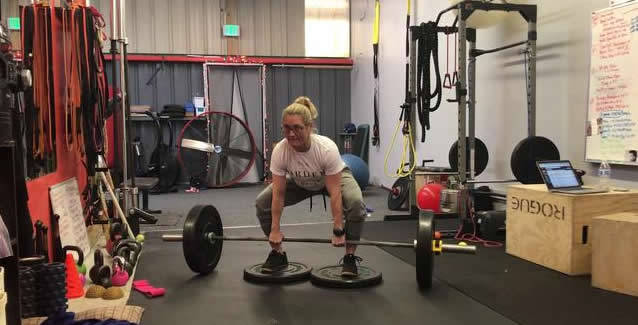
on the other hand, squat distance hard pulls do feel natural and allow you to hold your hips, spine and latissimus dorsi well in place. As well as significantly reducing the risk of injury, it also allows you to be able to increase your deadlift.
Deep squat and hard pull conversions
powerlifting trainers who support the sumo hard pull argue that because the position of the sumo hard pull is more similar to the biomechanics of a typical powerlifting deep squat, it carries a much heavier load than a traditional hard pull.
This is true, but the squat distance hard pull is much more similar and is almost identical to the low bar squat. It can do incredible transitions - from deep squats to hard pulls and back again. Practicing the deep squat and hard pull with twice the efficiency in this way helps to align the correct neural pathways more effectively.
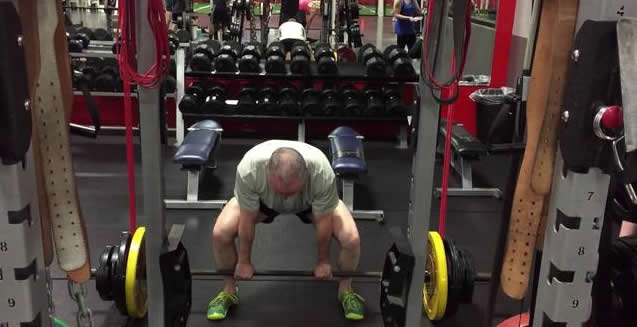
no sticking points
unlike traditional hard pulls, which have a sticking point at the top of the movement, and sumo hard pulls, which occur at the beginning, squat distance hard pulls have an even tension throughout the movement. As a result, there are no obvious sticking points, which allows you to perform smooth and powerful movements.
More exercises
don't be surprised if you can complete the squat distance hard pull with a higher frequency and greater volume than a traditional or sumo hard pull. This is due in large part to the fact that natural mechanics actually have a therapeutic effect, optimising movement while also helping to eliminate dysfunction.
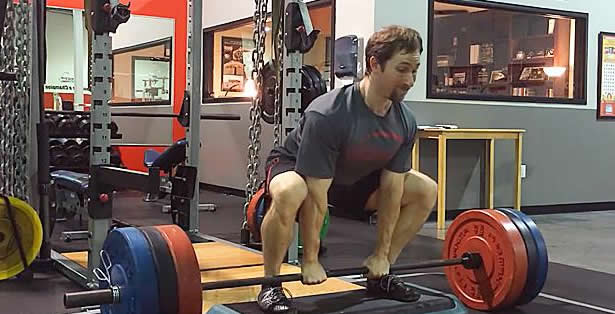
variations of the squat distance hard pull
1. Centrifugal as well as muscle hypertrophy
most powerlifting trainers get a whole lot worse at the thought of the slow, centrifugal hard pull they have to perform - that's for sure! Sumo and traditional hard pulls are not suitable for centrifugal work with high weights because even with extended contractions the body is not in an ideal position to absorb the force. It is for this reason that many coaches and good trainers recommend simply not doing centrifuges and just letting the barbell do free falls to reduce the stress on the spine and hip joints.
However, because slow centrifugal movements are one of the most effective stimuli for increasing functional strength and muscle mass, the practice of free falls reduces the strength and muscle hypertrophy benefits that come with hard pulling. The result has been that the hard pulling performance of powerlifters has plateaued over the last decade and many hard lifting records from the early 80s and 90s remain unbroken today.
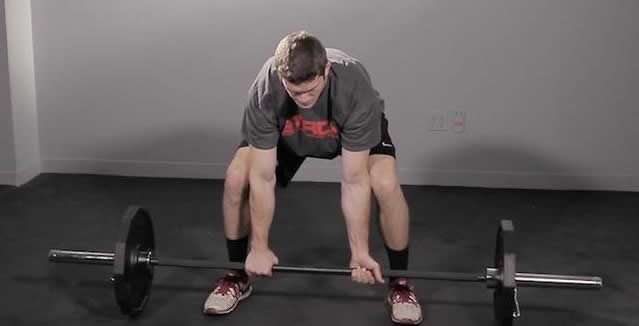
fortunately, the natural and familiar position of the squat distance hard pull allows you to complete centrifugal training in a very safe and effective way. In fact, the squat distance hard pull gets the centrifugal (devolution phase) to be nothing more than the centrifugal part of a regular squat. In fact, if you don't have the ability to control the centrifugation - whether it's a hard pull or any other movement - you probably don't have the right to use the weight of your choice.
Even if for some reason you can't use your maximum strength when doing a squat distance hard pull, it will still result in more strength and block gains than any other hard pulling technique, especially if you start to apply the technique of controlled centrifugation. In addition, the block gain will be at the whole body level and not limited to one area.

2. Centrifugal and speed reps
one of the most effective ways to quickly improve mastery of the squat distance hard pull technique and neuromuscular efficiency is to use 50-70% of the 1rm to complete speed reps in conjunction with a weighted centrifugal movement. Lighter weights will help the trainer correct technique and facilitate learning how to complete control of the centrifugal hard pull.
3. Centrifugal isometric
the most advanced and effective way to improve hard pull strength and technique is to use the centrifugal isometric method to complete the squat distance hard pull. This method is also effective for stimulating total body hypertrophy as the strength of the contraction is prolonged, which combined with sustained tension and stretching makes this method irreplaceable.
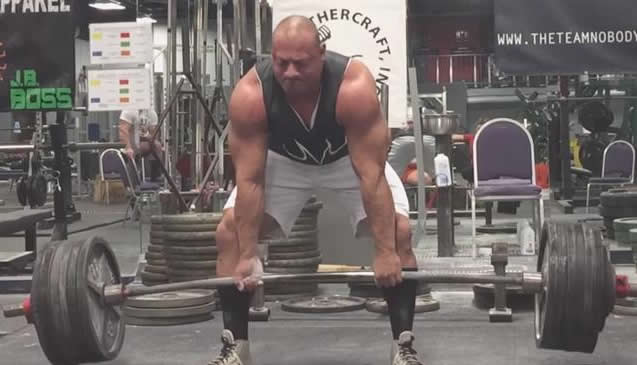
in addition, centrifugal isometrics allow you to fine-tune posture and movement mechanisms, and the enhanced stretch promotes sensory feedback from muscle spindle waves and other proprioceptive mechanisms.
Similar to the fast hard pull variation, start with 50-70% of 1rm and work your way up. You can also lift yourself up a little with the help of a box or barbell piece so that you can increase the amplitude when stretching. When doing centrifugal exercises, be careful to lower slowly while finding the best position to help you find the natural stop at the bottom.
Then hold this position for a few seconds to engrave these into your central nervous system. Your goal is a natural but not excessive movement stroke, approximately 3-8 cm lower than you would normally place the barbell on the floor.
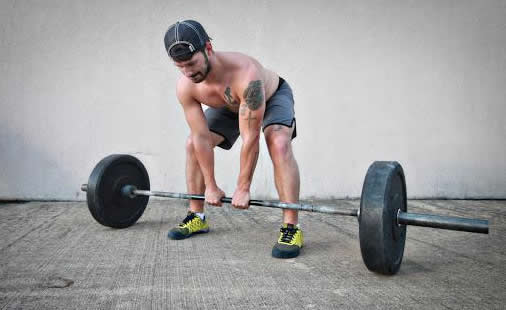
for everyone
around 80% of athletes and trainers who have been introduced to this method end up using it as their preferred hard pull. The remaining 20%, while feeling more comfortable with sumo or traditional, still inevitably incorporate the squat distance hard pull into their training as a way to increase overall strength and improve size and athletic performance.
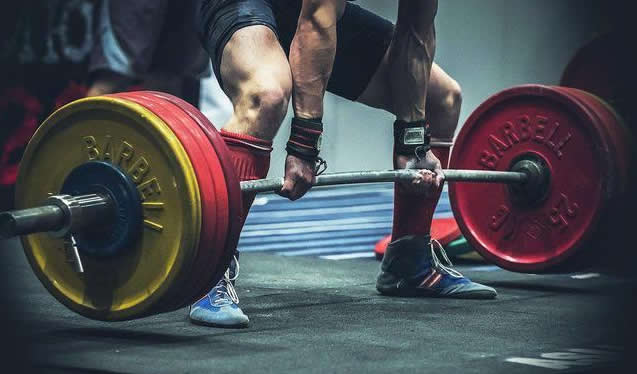
so even if you prefer traditional hard pulls, it is worth adding squat distance hard pulls to your daily programme and you will definitely gain from it.

